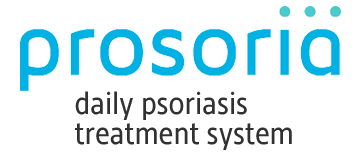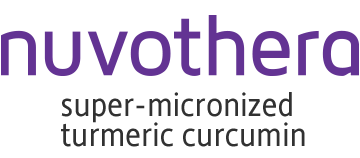What is Inverse Psoriasis?
24 Apr 19

As an immune-mediated disease, psoriasis affects upwards of 125 million people in the world, which is roughly 3 percent of the global population. This makes psoriasis one of the most common immune-mediated diseases and skin disorders in the world. It is caused by an immune system malfunction that causes a sudden speed up in your skin cells’ life cycle.
Psoriasis has a very real effect beyond just your skin. Thankfully, new research and medical findings are making way for each new potential treatment for psoriasis. Psoriasis becomes more complex when you consider the different forms it takes, like inverse psoriasis. Read on to get a better understanding of inverse psoriasis.
What is Inverse Psoriasis?
The speed up of skin cells usually causes new skin cells to grow over old cells before they can shed, resulting in dry, scaly patches which can be characteristics of plaque psoriasis. Inverse psoriasis, also known as intertriginous psoriasis, involves the same process, but it specifically affects skin folds throughout the body, including the armpits, groin, inner thigh area, behind the knees, and under the breasts. Some research suggests that about 3 to 7 percent of those with psoriasis will develop inverse psoriasis.
Symptoms of Inverse Psoriasis
While inverse psoriasis still involves the development of skin patches, they lack the dry, scaly texture of plaque psoriasis and other forms of psoriasis. The combination of warmth, moisture, and friction within the skin folds results in red, smooth, and shiny lesions. These skin lesions will usually still feel itchy and inflamed. The sweat and constant rubbing also increases the chances of irritation and cracked skin, which could potentially lead to an infection.
A person with inverse psoriasis may also suffer from plaque psoriasis in other parts of the body. Plaque psoriasis tends to cover larger areas, usually around the knees, elbows, lower back, and scalp.
Causes and Triggers of Inverse Psoriasis
As mentioned, psoriasis is caused by a faulty immune system. However, research still is not sure specifically what causes inverse psoriasis, though most studies do suggest it may be a mix of genetics and environmental factors.
Psoriasis tends to occur in cycles and inverse psoriasis symptoms may flare up for weeks or months before subsiding or even potentially going into remission. Research does know that these flare-ups can come from specific environmental triggers, though triggers and the severity can vary from person to person. The most well-known triggers for psoriasis and inverse psoriasis in particular include:
- Severe stress
- Physical damage to the skin, including scratches, sunburns, and bug bites
- Certain medications
- Infections that affect the immune system (most commonly strep throat)
Treatment for Inverse Psoriasis
Most treatments for inverse psoriasis begin with topical creams. Topical steroids are the most common and can effectively help to reduce inflammation. However, it’s important to understand that inverse psoriasis affects areas where skin is naturally sensitive and thin. This increases the risk of potential side effects from topical medications because of the more rapid absorption. Misusing or overusing steroids can make the skin even thinner and cause stretch marks. Alternatives to steroid creams include tacrolimus and pimecrolimus, which are also commonly used to treat eczema but have been found to be effective for some cases of inverse psoriasis.
The moisture and friction in body folds affected by inverse psoriasis also makes them more prone to yeast and fungal infections. If your doctor does identify a fungal infection, they may prescribe a diluted topical steroid cream with an antifungal or anti-yeast agent.
Other topical treatments include coal tar, calcipotriene, and anthralin. However, these solutions can be irritating and should only be used when prescribed by a doctor.
Your doctor may also recommend phototherapy, or light therapy, for more severe forms of inverse psoriasis. This involves using controlled levels of UVB rays to slow down the growth of skin cells to eliminate lesions.
For severe forms of inverse psoriasis that aren’t reacting to topical treatments or light therapy, your doctor may prescribe systemic medication, which works from the inside out to help your psoriasis. Some of these medications change the way your immune system works, which can help to regulate a malfunctioning immune system. These are known as biologics. Other medications can reduce the action of your skin cells.
Inverse psoriasis can be uncomfortable and affect your quality of life. While there are a wide variety of treatments available, do everything in your power to maintain your own physical and personal comfort. Make the time for your own needs alongside whatever treatment option you choose.
Sources:
- https://www.psoriasis.org/content/statistics
- https://www.psoriasis.org/about-psoriasis/types/inverse
- https://www.medicalnewstoday.com/articles/314259.php
- https://www.healthline.com/health/inverse-psoriasis

